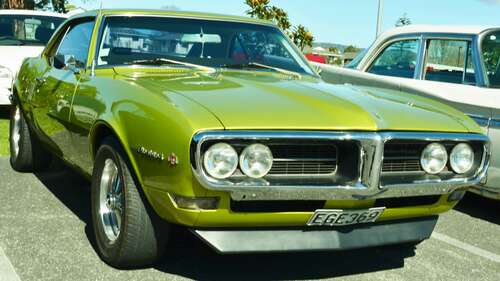
Even though the Pontiac 400 came first, Pontiac had always been a step behind in the production of V8 engines. This was especially because Pontiac was late to move away from the straight-8 engine design that went back decades, eschewing that for the block model that Chevrolet and others had already done.
When Pontiac eventually did make its own block V8, it wasn’t all that different from Chevy’s. Where the company deviated from Chevy was that all of its V8s were the same external size, and the different displacements were done purely through bore and stroke.
The Pontiac 400, which was introduced in 1967, perfectly exemplifies that because this engine was just a bored out version of its 389 V8 — which had been around since 1959 and become the company’s standard engine that they were now going to retire. This new 400 engine could generate up to 360 horsepower, and was offered as an option for several Pontiac models, including the GTO and Firebird.
The 400 would be in use for a little over a decade until 1978, and by that time, so much had changed with muscle cars, V8 engines, emissions regulations, and an oil crisis that Pontiac really had no reason to keep production going on them. By 1981, Pontiac stopped making V8s all together, whereby GM decided that parts sharing across companies wasn’t such a bad idea.
[Featured image by Valder137 via Wikimedia Commons | Cropped and scaled | CC BY 2.0]

